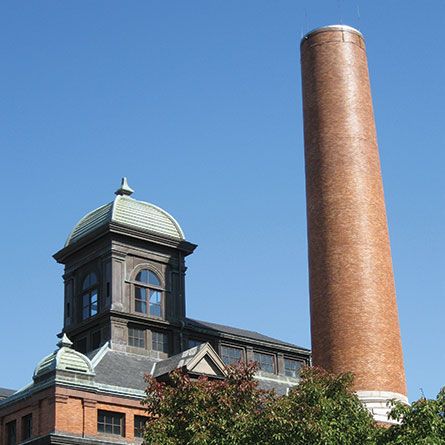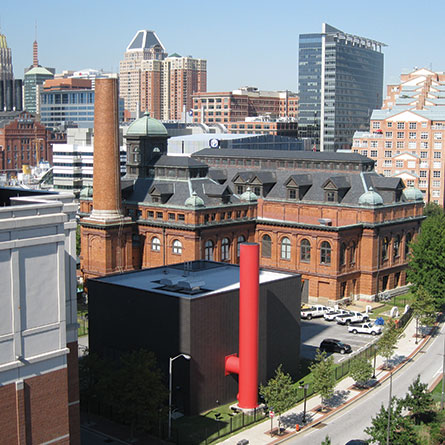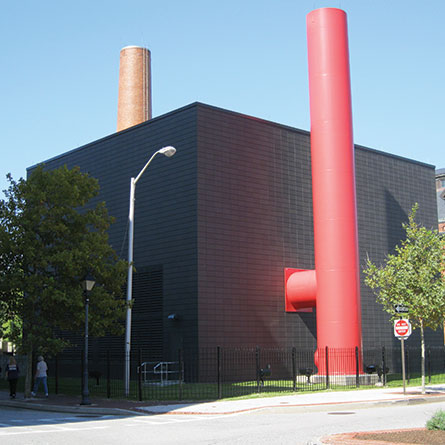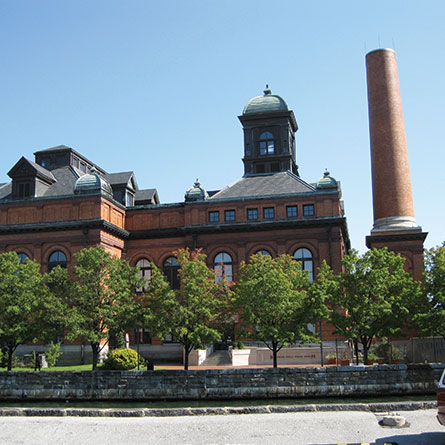Eastern Avenue Pumping Station Improvements. Baltimore, Maryland.
The Eastern Avenue Pumping Station discharges to the City’s Back River Wastewater Treatment Facility. Evaluations and reports early in the design phase included evaluation of future pumping requirements and influent screening options, analysis and feasibility determination of various odor control options, electrical testing of the five wastewater pump motors, visual inspection of pump internals, field performance testing of all five wastewater pumping units and comparison to the factory pump curves, asbestos and lead paint survey, evaluation of on-site standby power generation alternatives, building code analysis and improvements to facilitate code compliance, and handicapped access entrance options for the Public Works Museum. In conjunction with the City, a design scope of work was fully developed to include mechanical, architectural, structural and electrical improvements.




Services Performed
Project Highlights
Electrical
Electrical designs included upgrades to the dual 13.8kV power supply as well as adding two 2 MW diesel engine driven generators for stand-by power.
Wastewater Pumping
Water/Wastewater designs included replacement of the two influent screens and screenings removal system for a hydraulic capacity up to 200 MGD.
Architecture
The rehabilitation included exterior walls, windows, doors, roof, and bird-proofing systems, and interior finishes. A new entrance was provided for the Public Works Museum. The new generator building is a simple cube design with a terra-cotta rainscreen and red exhaust stack.
Structural
Equipment platforms in congested pump room, modifications for fall protection compliance, extensive above and below-grade concrete spalling and crack repairs were designed in this historic facility.
Sustainability
The structure has performed its original function for multiple decades and was partially renovated into a museum. The existing building has evolved to meet current needs without having to construct a new structure and expend valuable resources.
